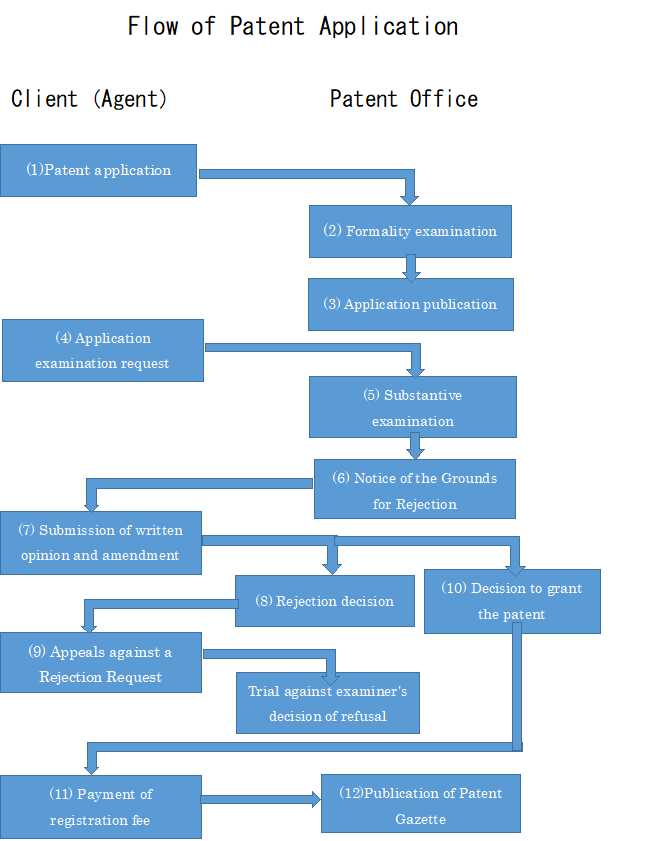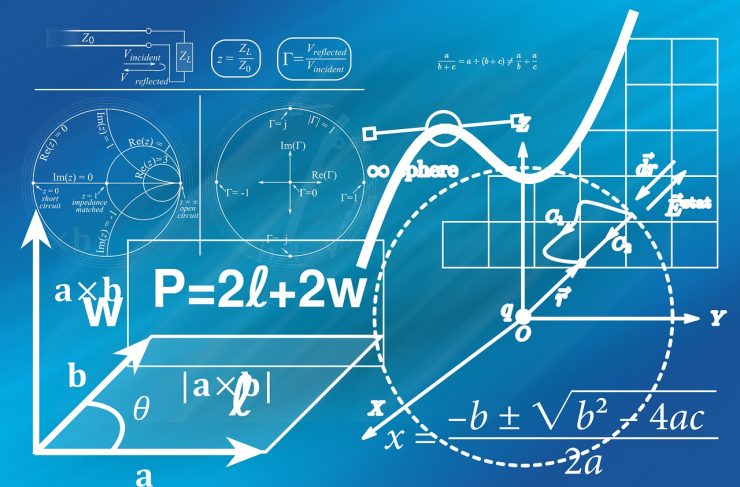For those applying for patents from abroad to Japan
If you file a patent application directly to Japan, if you do not have address or sales office in Japan, you will need to apply for a procedure by a local representative in Japan.
If you file an international application for PCT and designate Japan as the designated country, you must proceed to the Japanese Patent Office (JPO) within 30 months from the priority date, and the international patent application must be applying in Japan.
Overseas residents can also follow these procedures with JPO until “standard time for national processing”. However, after “standard time for national processing”, the procedure by a local representative in Japan is required.
In order to facilitate the subsequent rights acquisition process in Japan, it is desirable to appoint a local representative in Japan from the entering the national phase.
We will assist you in obtaining patent rights in Japan as a local representative in Japan.
Even in the case of patents, we think you can communicate with us without any problems by exchanging emails, but you can also hold a video conference if necessary.
Please see here for our video conference.
Although our office is a small office operated by two patent attorneys, we offer smart services at low cost that are not available at major patent offices.
■Expense required to obtain a Japanese patent from a foreign country
■Contact us
Convention on patents in which Japan is a Member
Japan is a member of the following international treaties on patent registration, filing procedures, etc.
①Paris Convention on the Protection of Industrial Property Rights
②Agreement on Trade-Related Aspects of Intellectual Property Rights (TRIPS Agreement)
③ Patent Cooperation Treaty (PCT)
④ Patent Law Treaty (PLT)
⑤Strasbourg Agreement Concerning the International Patent Classification
Basic concept of Japan’s patent system
The first-to-file rule
“The first-to-file rule” is a system to prioritize and register those with earlier filing dates.
If two or more applications are filed on the same day, only one of them will be registered.
Substantive examination system
Substantive examinations such as “novelty” and “inventive step” are conducted.
The examination is conducted after the request for examination, and the examination request must be made within 3 years from the filing date (or international filing date in the case of PCT international application). Requests for examination can be filed by not only the applicant but also anyone.
The unity of invention
If a group of inventions satisfies the requirements of unity of invention by having a special technical feature between two or more inventions, the patent application can be filed with one application.
Post-grant opposition system
Japan’s patent opposition system uses a method that grants a wide range of opportunities for third parties to review the patent for a certain period after the grant.
Any person may file a patent opposition only within six months from the date of publication of the patent.
Patent application flow (direct application)

(1) Patent application
■ The applicant describes the required matters in the “Request”, and submits it to the Commissioner of the Patent Office with “claims”, “descriptions”, “drawings” and “abstracts” attached.
(2) Formality examination
■ The submitted documents will be examined for compliance with the form and for any deficiencies.
■ An order for amendment will be issued if the documents are not complete or required items are not listed.
(3)Application publication
After 1 year and 6 months from the date of application, the contents of the application will be made public.
(4) Application examination request
■ Substantive examination will be conducted only for applications that have been requested for examination.
■ Anyone can request an application examination request at any time within 3 years of application.
■ If an application examination request is not made within 3 years of the application, the application will be deemed withdrawn.
(5) Substantive examination
■The examination will be conducted by the examiner of the Patent Office.
■ The examiner decides whether the applied invention should be patented.
(6) Notification of reasons for refusal
■ If the examiner finds the reason for refusal, he / she will send a “notification of reasons for refusal” to the applicant.
(7) Submission of written opinion / amendment
■ The applicant will be given the opportunity to submit a written opinion stating the reasons for refusal and an amendment to correct the content.
(8) Decision of rejection
■ If the examiner decides that the reason for refusal cannot be resolved even after examining the written opinion or amendment, he / she will make a decision to refuse.
(9) A request for a trial against an examiner’s decision of refusal
■ If you are dissatisfied with the examiner’s decision, you can request the JPO Commissioner to appeal the decision.
■The referee will be held by a panel of three or five judges.
■ If you are dissatisfied with the result of the referee, you can file an appeal with the Intellectual Property High Court.
(10) Decision of patent grant
■ If the examiner does not find the reason for refusal as a result of the examination, he / she will issue a decision of patent grant.
(11) Payment of registration fee
■ If a patent fee is paid for an application for which a patent is granted, it will be registered in the patent register and a patent right will be generated.
■ After registering the patent rights, a patent certificate will be sent to the applicant.
(12) Publication of patent gazette
■ The registered invention will be published in the patent gazette.
Process flow in the national phase of PCT international application
Procedure for national transition to the Japan Patent Office
If the applicant wishes to be granted a right in Japan, the applicant must carry out a national processing to the JPO.
The applicants are required to submit a “national document” to the Commissioner of the Patent Office within 30 months of the priority date (hereinafter referred to as the”time limit for submitting national documents“) and pay the necessary “national fee”.
Submission of national documents
It is necessary to submit to the Commissioner of the Patent Office, stating the following matters in the prescribed format. If you do not submit a national documents to the time limit for submitting national documents, you will be deemed to have withdrawn your application to Japan.
(1) The name, and the domicile or residence of the applicant
(2) The name, and the domicile or residence of the inventor
(3) International Application Number
(4) Classification of application
(5) If there is an agent, the name or address of the agent and the address or residence
(6) Other necessary matters
National fees
■The applicants must pay a national fee of 14,000 yen to the Commissioner of the Patent Office within the time limit for submitting national documents.
Japanese translation submission
The applicant of the foreign language patent application must submit a Japanese translation of the description, claims, drawings (limited to the explanation in the drawings) and abstract of the international application on the international filing date to the Commissioner of Patent Office.
In addition, the applicant of a foreign language patent application who has made an amendment under Article 19 (1) of the Convention may submit a translation including the Article 19 amendment.
It must be submitted to the Commissioner of the Patent Office within the standard time for national processing.
However, if you have filed a foreign language patent application that filed a national document between 2 months before the expiration of the time limit for submitting national documents, you can submit the translation within 2 months from the date of filing of the national document.
Submission of a translation of the claims after amendment under Article 19 (1) of the Patent Cooperation Treaty
The applicant of the foreign language patent application who has made an amendment based on Article 19 (1) of the Convention may submit a translation of the scope of the amended claim instead of the translation of the scope of the claim on the international filing date.
In addition, the translation regarding Article 19 amendment can be submitted on or before the day on which the standard domestic processing time falls.
Submission of “Translation” of the Amendment under Article 34 (2) (b) of the Patent Cooperation Treaty
Regarding the amendments attached as annexes to the international preliminary report as the basis of the report, the applicant shall submit a Japanese translation of the amendments by the day on which the standard time for national processing falls.
The standard time for national processing
For foreign language patent applications, one of the following will be the “standard time for national processing “.
(1) When the period of 30 months from the priority date expires
(2) In the case of filing a national document from 2 months before the expiration of (1) to the expiration date, when the period of 2 months from the date of filing the national document (translation submission special period) expires.
(3) When a request for application examination is made within the period (1) and (2), the request is made (but the request for examination of the application must be submitted after filing a national document and a translation and paying a national fee).
Procedure for requesting examination of application
Only those that have been requested by the applicant or a third party for payment of the application examination request for examination will be examined.
If there is no request for application examination within the period during which the application examination can be requested, the international patent application will be deemed withdrawn.
Request procedure for application examination
■ Applicants can file a request for examination of an application only after submitting a national document and a translation, and after completing the procedure for payment of the national fee.
■ Non-applicants can request application examination only after the Time Limit for the Submission of National Documents has passed.
Request for Examination
| where the international search report has been established by the JPO (under the PCT) | 83,000 yen + numb er of claims × 2,400 yen |
| where the international search report has been established by an International Searching Authority other than the JPO (under the PCT) | 124,000 yen + number of claims × 3,600 yen |
| where the search report has been established by a designated searching organization | 110,000 yen + number of claims × 3,200 yen |
| No international report was prepared | 138,000 yen + number of claims × 4,000 yen |
